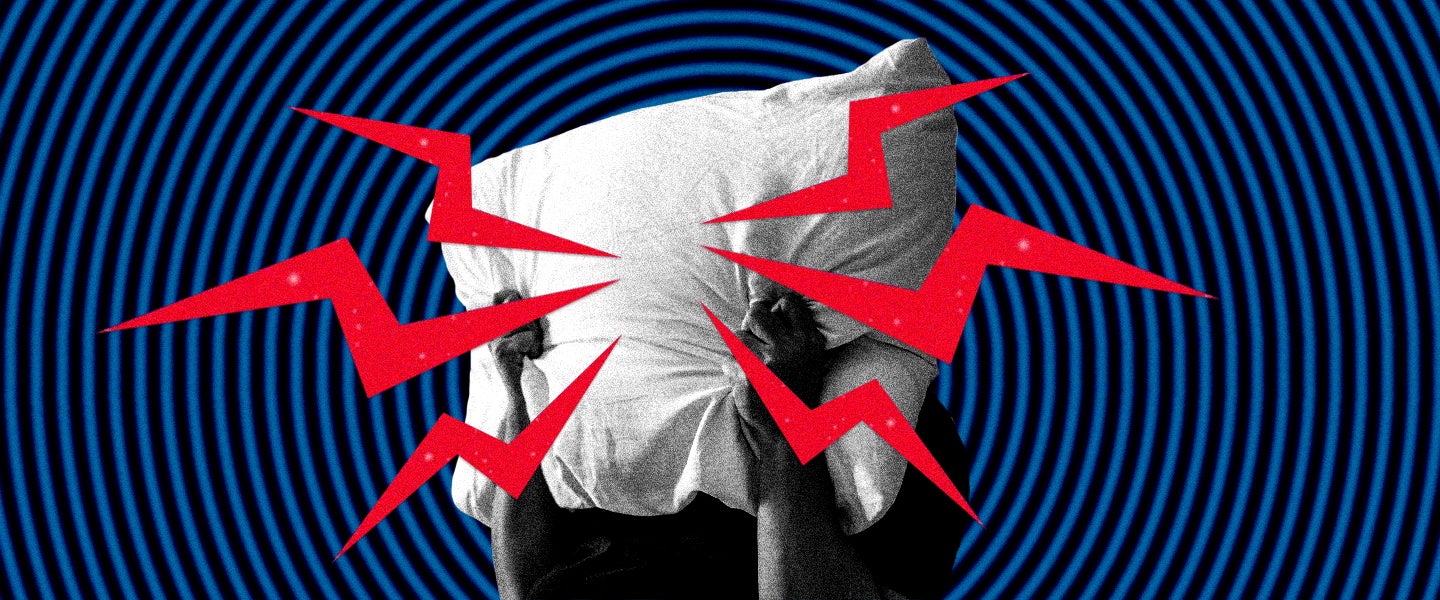Every so often, after receiving a particularly obnoxious email or stressful phone call, I turn to my pillow. I take a deep breath before introducing it to my face and then release an extended, cathartic scream. Whether it actually reduces the cortisol in my body or manipulates some receptors in my brain, I don’t know for sure. What I do know, though, is that it feels damn good.
“Scream therapy” has long been utilized in various schools of psychology as a means of accessing repressed emotions. As far back as 1970, for psychologist Arthur Janov, creator of “primal therapy” and author of The Primal Scream, screaming was a natural symptom of release in the greater process of working through traumatic memories. And as recently as 2018, Kanye West told the New York Times that self-help guru Tony Robbins encouraged him to partake in scream therapy as a means of managing anxiety and regaining confidence.
Now, if you’re using screaming to address actual mental health conditions, it should only be done with a trained professional. But if you’re just using it to address momentary stressors, it can really help. Screaming taps into the more primitive parts of our brain, expressing emotions in their most basic form. Babies and toddlers scream and cry because it’s the only way they know how to process certain feelings. As we age, it obviously becomes less socially acceptable to express ourselves this way — we’re taught to emote with words and to show restraint. But that doesn’t mean these base urges have ceased entirely. In fact, they might even be exacerbated by our social inability to emote in the way we desire.
Some of us might typically sanction our screaming to sporting events, grunts at the gym and metal shows. But during the coronavirus pandemic, we’re without our usual emotional havens. Thus, our pillows are our friends. The pillow aspect is ultimately secondary, but important — it’s only conducive to screaming insofar as it mutes the noise. And while a pillow may not entirely silence the screams, it’s still pretty effective. There’s a reason why movies always show people getting shot through a pillow: Your family or partner might still hear your muffled screams, but your neighbors probably won’t.
Cathy Allsman, a psychologist in Miami, says that screaming into pillows is indeed a legit stress-relieving practice, but that it shouldn’t be the only method in your arsenal. “It can help, but only if followed by some other more nurturing technique,” she explains. “When our sympathetic nervous system is activated (think fight or flight), all of that chemical body arousal needs somewhere to go. After screaming is a good time to slow your breathing, do yoga stretches or drink calming tea.”
As for which pillow is best for the task, this joke-y ranking on the matter is actually somewhat accurate — a memory-foam pillow should absorb noise well, given its density. Whatever pillow you have that allows your face to be adequately covered should do the trick, though.
In the end, screaming into a pillow isn’t guaranteed to solve your problems, but I always find that it takes a bit of the edge off of my frustration. What’s best is that it’s relatively harmless — no hurtful words get said, no walls get punched and I can easily return to my tasks for the day with minimal recovery time. Maybe in the long-term, it’s doing nothing but frying my vocals. But while working from home on my throw pillow-covered couch, it’s a relatively healthy coping mechanism.

